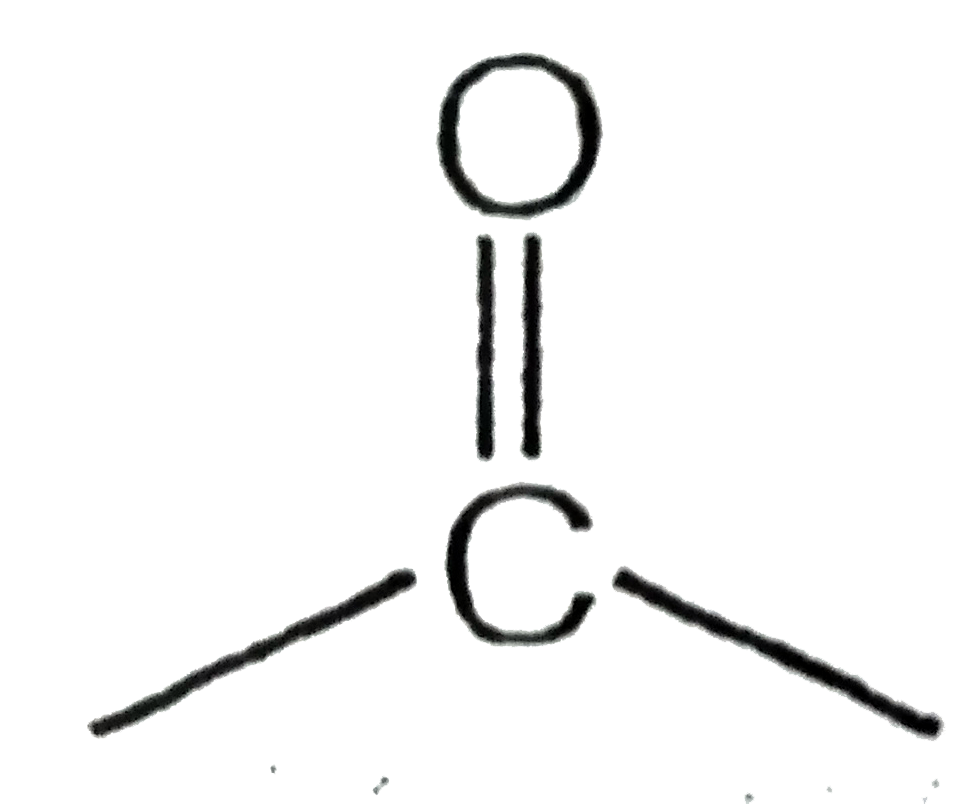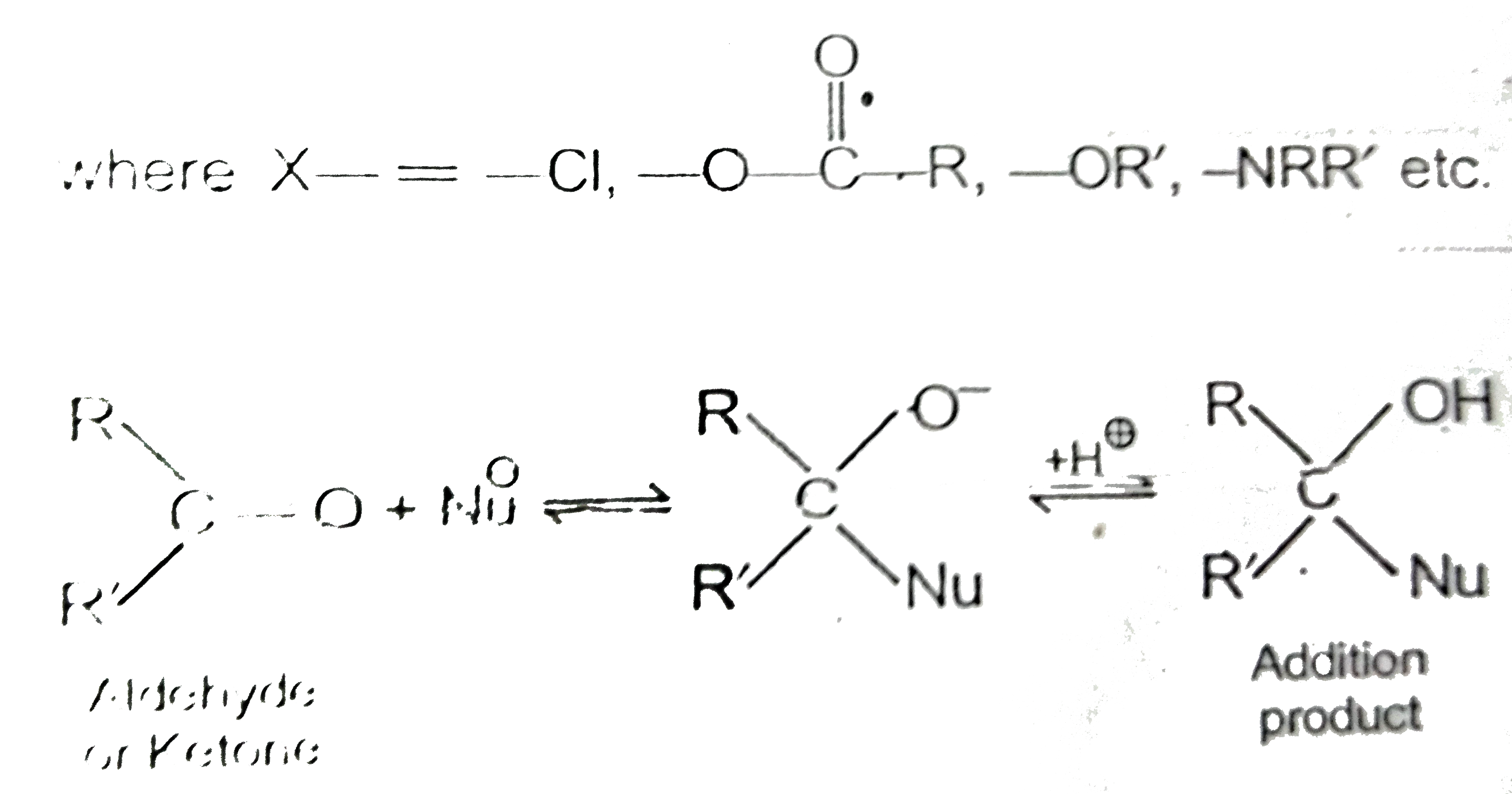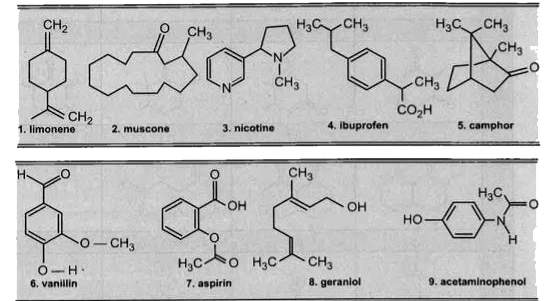Ketones have ..........group in them.
To answer the question "Ketones have ..........group in them," we can follow these steps:
Step 1: Identify the functional group in ketones
Ketones are organic compounds characterized by the presence of a specific functional group.
Hint: Think about the structure of ketones and what distinguishes them from other organic compounds.
Step 2: Define the carbonyl group
The functional group present in ketones is known as the carbonyl group, which is represented as C=O. This group consists of a carbon atom double-bonded to an oxygen atom.
Hint: Recall that the carbonyl group is a key feature in various organic compounds, not just ketones.
Step 3: Describe the structure of ketones
In ketones, the carbonyl group is located between two carbon atoms, which means that it is flanked by carbon chains. This is different from aldehydes, where the carbonyl group is at the end of the carbon chain.
Hint: Visualize the structure of a ketone to see how the carbonyl group is positioned.
Step 4: Provide an example of a ketone
An example of a ketone is propanone (also known as acetone), which has the chemical formula CH3COCH3. In this molecule, the carbonyl group (C=O) is in the center, with two methyl groups (CH3) on either side.
Hint: Think about common household substances that contain ketones, like nail polish remover, which is often acetone.
Final Answer
Ketones have a carbonyl group in them.
Ketones are organic compounds characterized by the presence of a specific functional group.
The functional group present in ketones is known as the carbonyl group, which is represented as C=O. This group consists of a carbon atom double-bonded to an oxygen atom.
In ketones, the carbonyl group is located between two carbon atoms, which means that it is flanked by carbon chains. This is different from aldehydes, where the carbonyl group is at the end of the carbon chain.
An example of a ketone is propanone (also known as acetone), which has the chemical formula CH3COCH3. In this molecule, the carbonyl group (C=O) is in the center, with two methyl groups (CH3) on either side.
Ketones have a carbonyl group in them.
Similar Questions
Knowledge Check
Fill in the blanks by suitable choices.
The carbon atom in carbonyl group is _____ hybridised. The carbonyl group in aldehydes and ketone undergoes____. The carbonyl group in aldehydes and ketones undergoes ______ reactions. Aldehydes which have α-H atom undergo ______ reaction while aldehydes which have no α-H atom undergo ______ reaction.Asp3 nucleophilic substitutions, aldol condensation, CannizzaroBsp, electrophilic substitution, Cannizzro, aldol condensationCsp2, nucleophilic addition, aldol condensation, CannizaroDsp3, electrophilic addition, Cannizzaro, aldol condensation
Ketone bodies are bypoducts in metabolism of
View SolutionWhich of the following terms have been grouped incorrectly ?
View SolutionWhat fraction of these circles have X’s in them?
View SolutionAmorphous solids have unit cells in them. Comment.
View SolutionBoth carbonyl compounds and acid derivatives though they contain
 grouping yet the reactions given by them are entirely different.
grouping yet the reactions given by them are entirely different.
As Aldehydes and Ketones give addition product with a nucleophile, while carboxylic acid derivatives give nucleophilic acyl substitution through addition/elimination mechanism.

Where X−=−Cl−O−O∣∣C−R−OR,−NR(R) etc.

Why aldeydes and Ketones give nucleophilic addition reaction while acid derivatives prefer nucleophilic acyl substititution reaction?
View SolutionThe ratio of the number of ketonic groups in cytosine, thymine and uracil is
View SolutionThe compounds whose structures are shown below, incorporate a variety of functional groups. The question on the right ask you to identify which compounds have a specific functional group. For each compound that has the designed group, enter the appropriate number. The aromatic rings should not be counted as double bonds.

Which have a ketone carbonyl group ?
View Solution
